Pickleball offers a wide range of health and wellness benefits, from improving cardiovascular fitness to boosting mental well-being. However, like any physical activity, it comes with some risk of injury. One of the most common issues among frequent players is pickleball elbow, also known as tennis elbow. This overuse injury can cause nagging pain and limit your time on the court if not addressed properly. Luckily, there are several ways to prevent it.
What Is Pickleball Elbow?
Pickleball elbow is a form of lateral epicondylitis, more commonly known as tennis elbow. It’s an overuse injury that causes inflammation and pain on the outer part of the elbow where tendons from your forearm muscles attach to the bone. Despite the name, it’s not just a tennis-related condition. It affects many pickleball players due to the repetitive nature of the sport.
Pickleball elbow typically develops from:
- Overuse of the forearm muscles, especially during repetitive backhands or forceful swings
- Poor technique or body mechanics, placing extra stress on the elbow
- Incorrect paddle grip size or gripping too tightly, which overloads the forearm tendons
- Lack of strength or flexibility in the wrist, forearm, and shoulder muscles
Over time, these factors can cause microtears in the tendons, leading to pain, stiffness, and reduced function.
What Are the Symptoms of Pickleball Elbow?
Symptoms of tennis elbow or pickleball elbow include:
- Pain on the outside of your elbow and the bony knob part of your elbow
- Soreness, weakness, and pain radiating to your forearm and wrist
- Difficulty gripping your pickleball paddle, shaking hands, turning a doorknob, holding a mug, or lifting an object.
If you experience these symptoms, it’s important to stop playing and consult a medical professional. Early intervention can help prevent a more serious or long-term condition.
Now, let’s explore what you can do to prevent it.
1. Focus on Proper Swing Technique to Prevent Pickleball Elbow
One of the most common contributors to pickleball elbow is improper backhand form. Avoid leading the swing with just your wrist and forearm—this creates unnecessary tension and torque on the elbow. Instead:
- Hit the pickleball out in front of your body — It is so important to hit the pickleball out in front in your body. This enables you to relieve pressure on your elbow by using your strongest muscles, your legs and your core, in order to generate power in your shot. If you hit the pickleball behind your body, then you will put more pressure on your arm and your elbow to hit the pickleball because that is the only body part that you will be using to hit the pickleball. So, be sure to hit the pickleball out in front of your body.
- Limit your backswing — Take a small backswing. If your backswing is too big, you run the risk of hitting the pickleball behind you because you will need more time to hit through your big backswing. Limit your backswing, which will help you keep the pickleball out in front of your body and, in turn, keep you from putting too much pressure on your elbow.
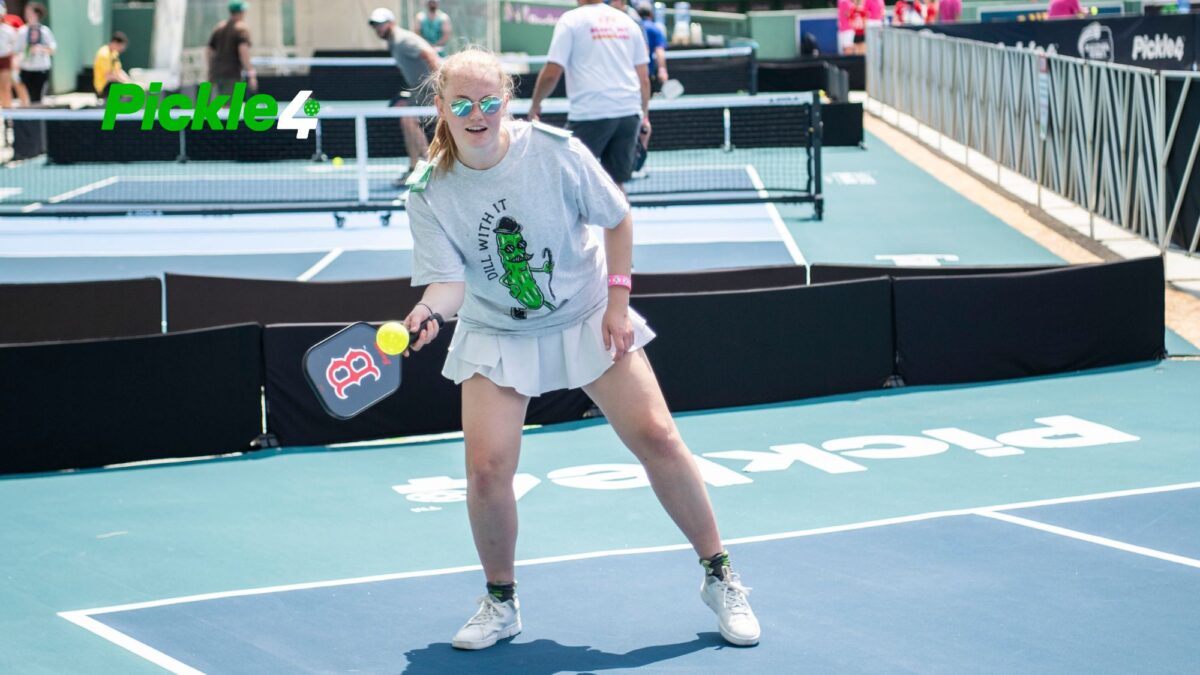
- Swing from the shoulder — When hitting the pickleball, swing from your shoulder. Do not flick your wrist or snap your elbow too much, as this will put additional strain on your elbow.
If you’re unsure, a few sessions with a pickleball coach can make a big difference in adjusting mechanics. To learn the correct mechanics and fundamentals, check out Pickler’s online pickleball video lesson collection called My Pro Pickleball Coach.
2. Loosen Your Pickleball Grip to Reduce Elbow Strain
Many players hold the paddle far too tightly, especially under pressure. A death grip creates excessive strain on the forearm muscles.
It is important to have a loose, relaxed pickleball grip on the pickleball court – think a 4 out of 10 pickleball grip pressure. It is also important to hold the pickleball paddle more in your fingers and less in the palm of your hand. If you loosen your pickleball grip pressure and use more of your fingers to hold the pickleball paddle, you will help avoid pickleball elbow and the pain that comes with it. You will also find that you will have a softer touch with your pickleball paddle and more control over your shots on the pickleball court.
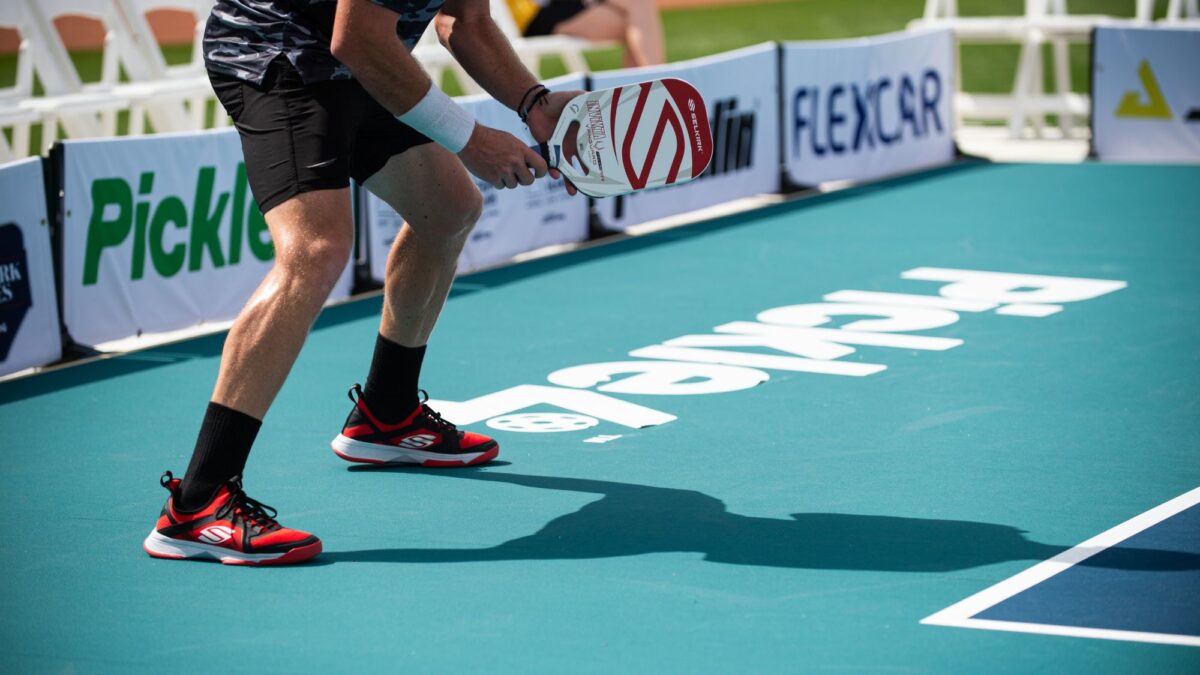
3. Improve Footwork and Court Positioning
Move your feet so that you are in a position to strike the pickleball at a consistent contact point, which should be out in front of your body. Reaching, lunging, or hitting off-balance puts extra stress on your arm. Good footwork and positioning can reduce the load on your elbow by helping you get into better hitting positions more consistently.
Tips:
- Stay light on your toes and ready to move before each shot
- Avoid swinging with just your arm. Let your legs and torso do the work
- Practice recovery steps and small adjustments between shots
Being in the right place at the right time allows you to hit with proper form and less strain.
4. Warm Up and Stretch to Prevent Pickleball Injuries
Cold muscles are more likely to strain under pressure. A short warmup helps increase blood flow and prepare your joints for movement.
Try:
- Arm circles and shoulder rolls
- Wrist flexor and extensor stretches
- Dynamic forearm movements (like light paddle swings without a ball)
After playing, follow up with static stretches to promote recovery.
5. Build Strength in the Forearm and Shoulder
Weak or imbalanced muscles can contribute to elbow strain. Incorporating simple strength exercises into your weekly routine can help reduce the risk of overuse injuries, such as pickleball elbow.
Recommended Exercises For the Forearm:
- Wrist Curls — Sit with your forearm resting on a table or bench, palm facing up. Hold a light dumbbell (1–5 lbs) and curl your wrist upward, then lower slowly.
- Reverse Wrist Curls — Same setup, but with your palm facing down. Lift the back of your hand toward your forearm, then lower with control.
- Wrist Rotations (Supination/Pronation) — Hold a lightweight hammer or dumbbell vertically in your hand with your elbow at your side. Rotate your forearm to turn your palm up, then down.
Recommended Exercise For Grip Strength:
- Tennis Ball or Stress Ball Squeezes — Hold a tennis ball or stress ball in one hand and squeeze it for 3–5 seconds, then release.
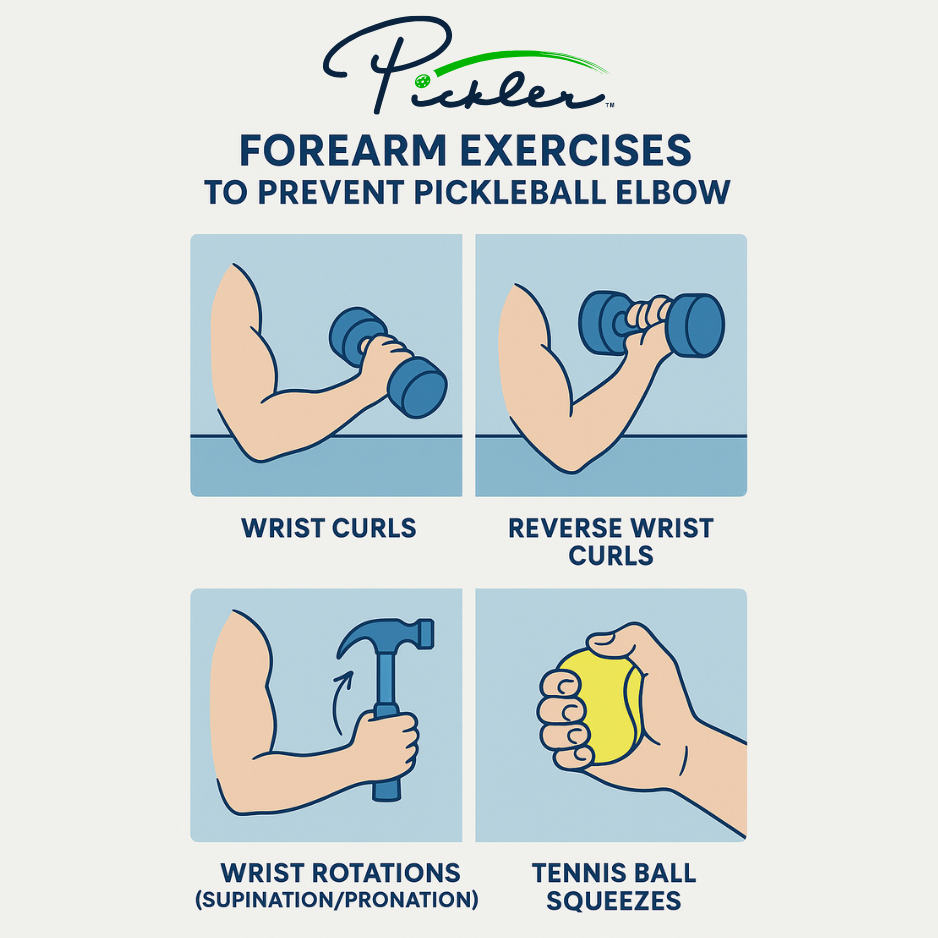
How Often?
Aim to do these exercises 2–3 times per week, especially on non-playing days. Even 10–15 minutes can make a difference in long-term elbow health.
6. Listen to Your Body & Avoid Overplaying
Pickleball is easy to get hooked on, but pushing through fatigue or pain is one of the fastest ways to develop chronic issues. Your elbow will usually send subtle signals before things get serious.
If you feel tightness or pain, take a break. Ice the area and give your body time to recover. Playing through pain often leads to longer recovery times down the road. Also, be mindful of lingering soreness after you play, such as discomfort when lifting objects or opening jars.
If the pain persists or worsens, stop playing and consult a medical professional. Early diagnosis and treatment can help prevent long-term damage and get you back on the court sooner. Remember, rest is part of the game plan, not a setback.
7. Choose the Right Pickleball Paddle and Grip Size
While not a standalone fix, the right paddle and grip setup can go a long way toward preventing elbow strain.
When selecting a paddle, look for:
- A “just right” weight – Like Goldilocks, aim for the middle ground. A midweight paddle (between 7.3 and 8.3 ounces) offers a good balance of control and power without putting extra strain on your joints.
- Shock-absorbing core materials – Paddles made with polymer honeycomb cores or foam cores tend to reduce vibration and feel softer at contact, which can be easier on the elbow.
- A textured or fiberglass face – These materials can add control without requiring extra effort in your swing.
- Cushioned grips or overwraps – Extra padding can reduce hand fatigue and absorb impact, especially if you’re playing long sessions.
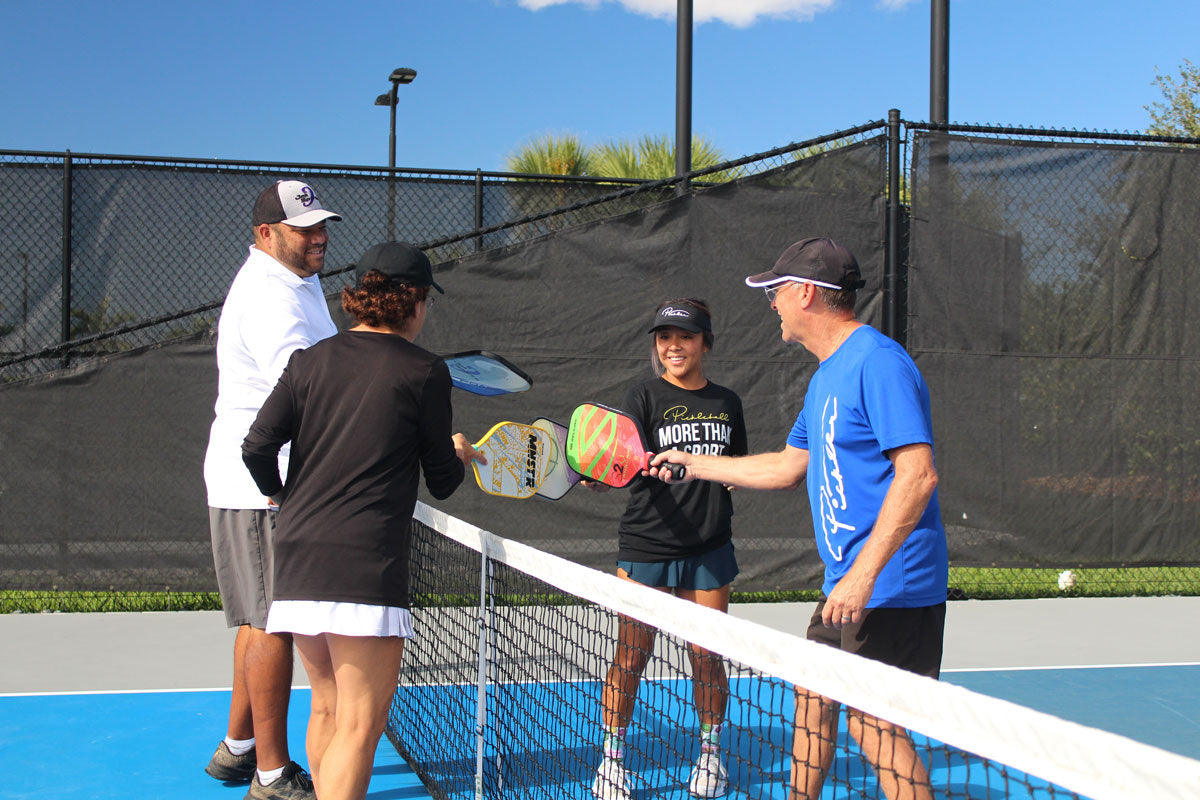
Determining the best pickleball grip size for you can also be helpful in preventing pickleball elbow, as the wrong pickleball grip size may be a factor to elbow pain. A grip that is too small in size can lead to more tension. There are three different “tests” for determining the best pickleball grip size for you:
- The Height Test
- The Finger Length Test
- The Index Finger Test
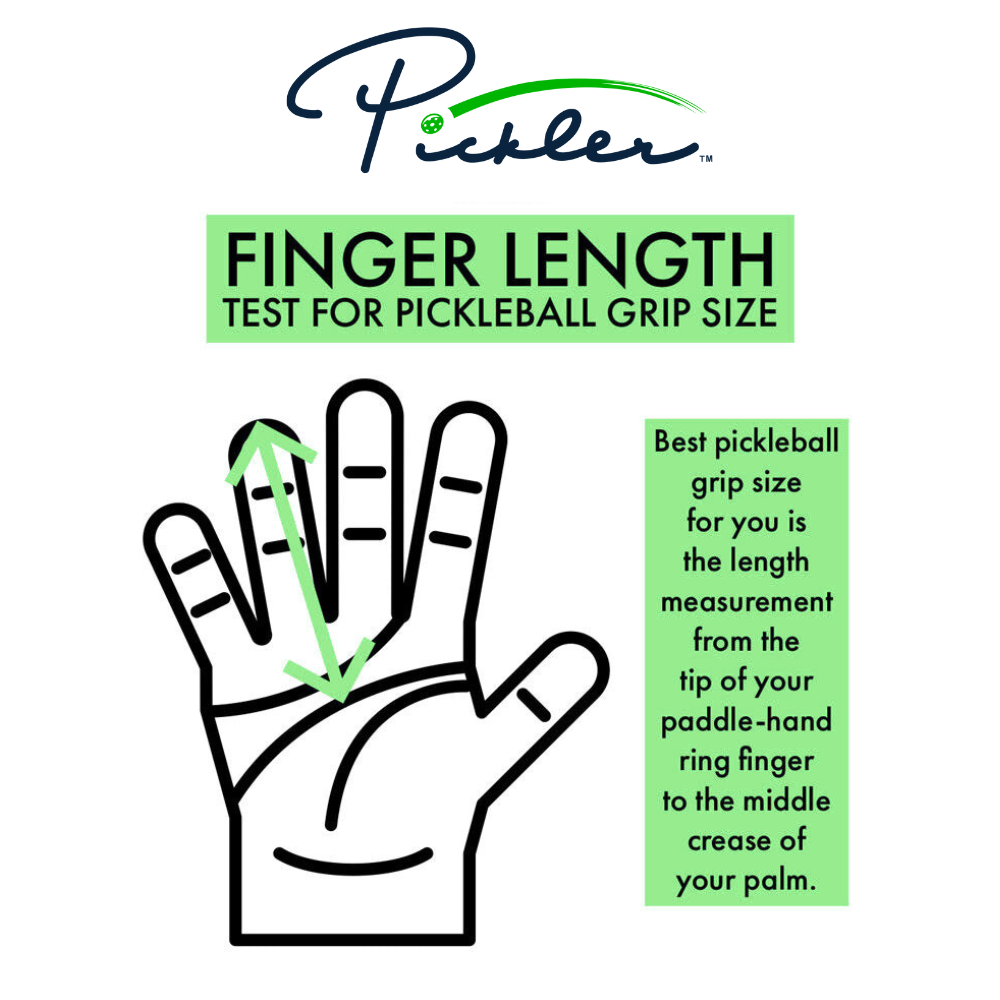
For the details on each of these grip size tests, check out Pickler’s 3 Pickleball Grips Explained blog.
You may also consider using a forearm brace or compression band if you’re returning from a flare-up or want added support during intense play. While not a cure, these can help reduce pain and protect you during recovery.
Final Tips to Prevent Pickleball Elbow
Pickleball elbow doesn’t have to be part of your game. With better technique, smarter habits, and the right equipment, you can reduce your risk and keep playing pain-free. Be proactive: stretch, strengthen, and pay attention to how your body responds to play. And most importantly, don’t ignore early warning signs.
If you experience persistent elbow pain or discomfort, pause your play and consult a medical professional. Catching symptoms early can help you avoid longer recovery times and get back on the court stronger.
Protect your elbow—your game will thank you.
Source: The PicklerAnuncie Aqui / Advertise Here
Sua marca para o mundo Pickleball! / Your brand for the Pickleball world!

 English
English  Spanish
Spanish  Portuguese
Portuguese  German
German  Italian
Italian  Japanese
Japanese  French
French  Polish
Polish  Russian
Russian  Netherlands
Netherlands  Hungarian
Hungarian  Turkish
Turkish  Videos
Videos  The Pickler
The Pickler
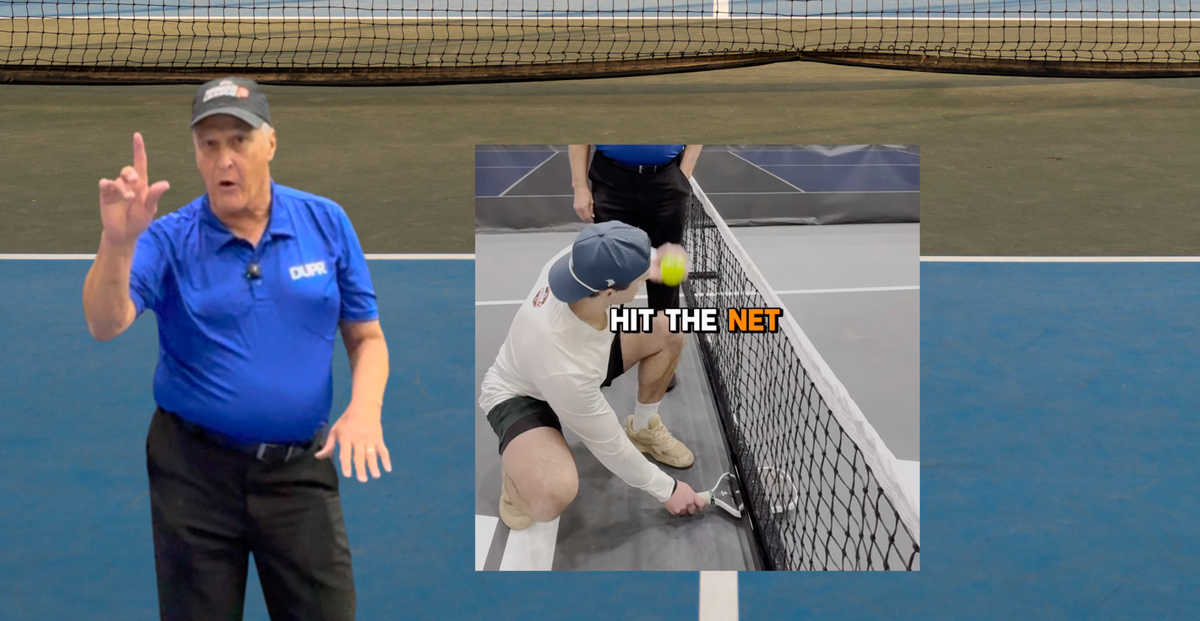
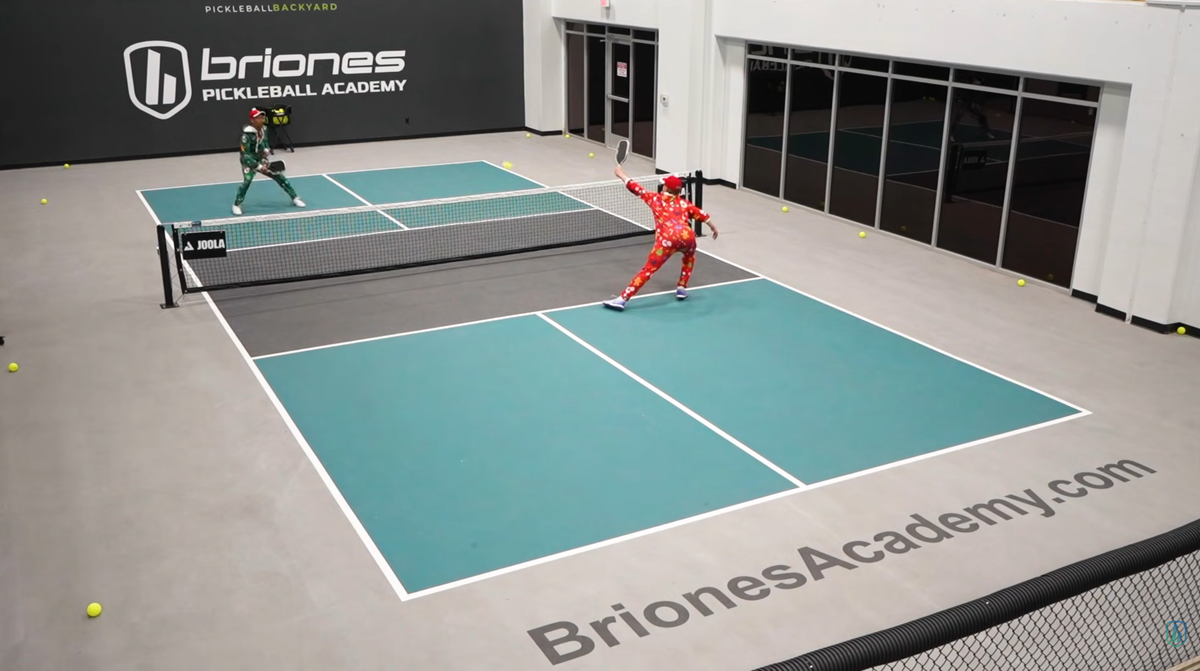
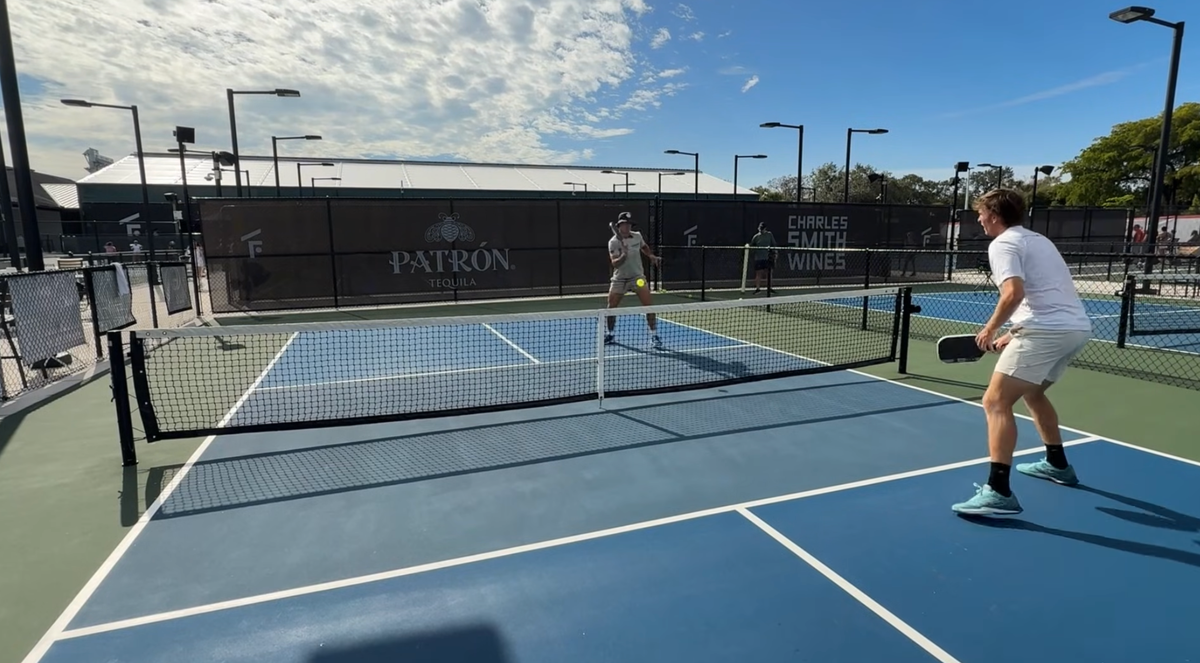
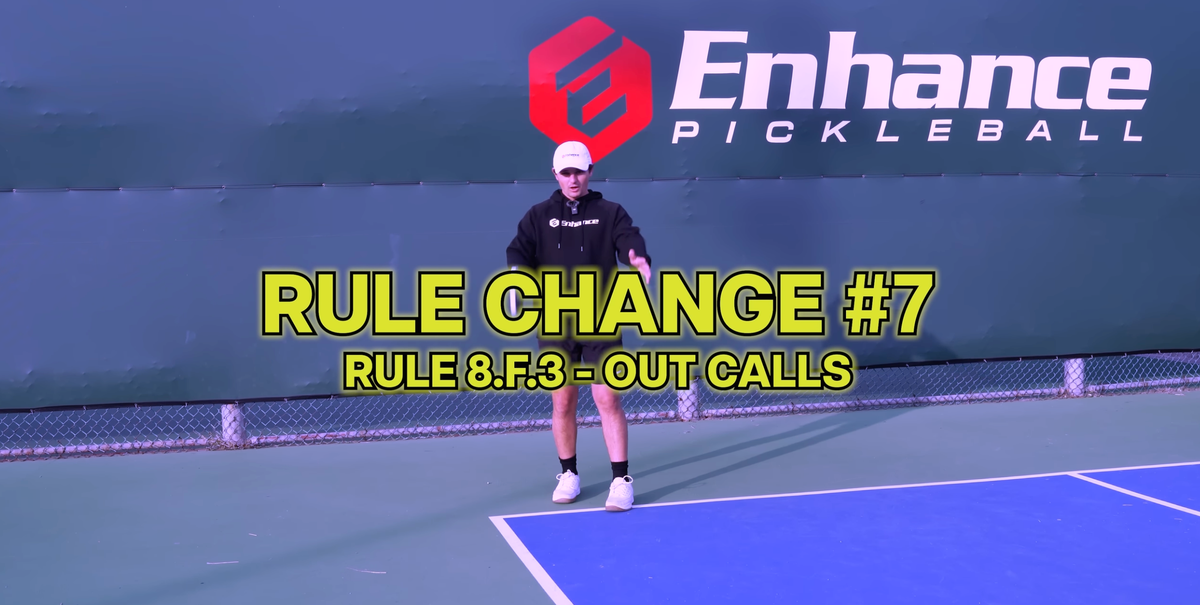

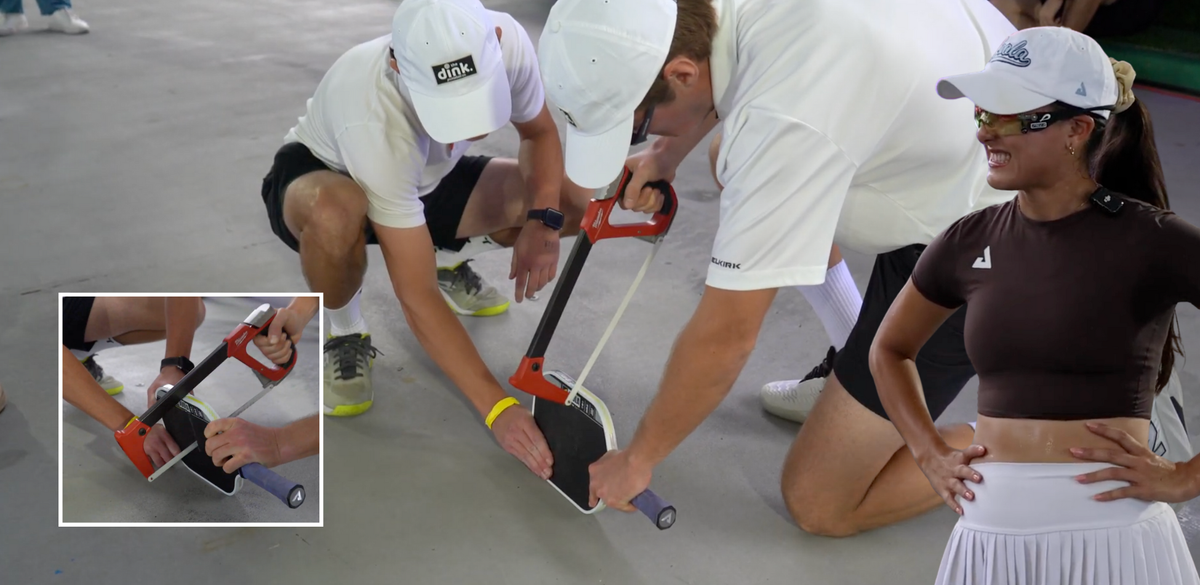

 English (US) ·
English (US) ·  Portuguese (BR) ·
Portuguese (BR) ·